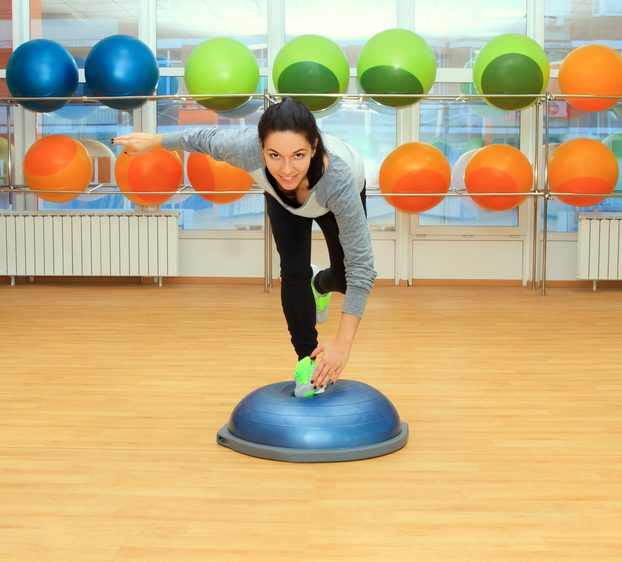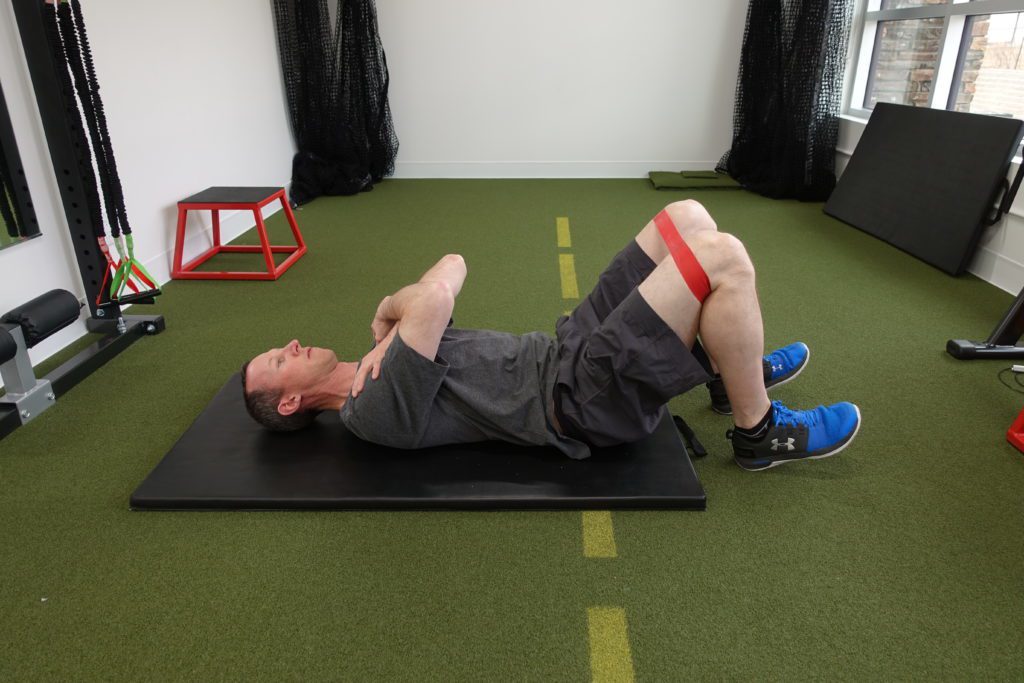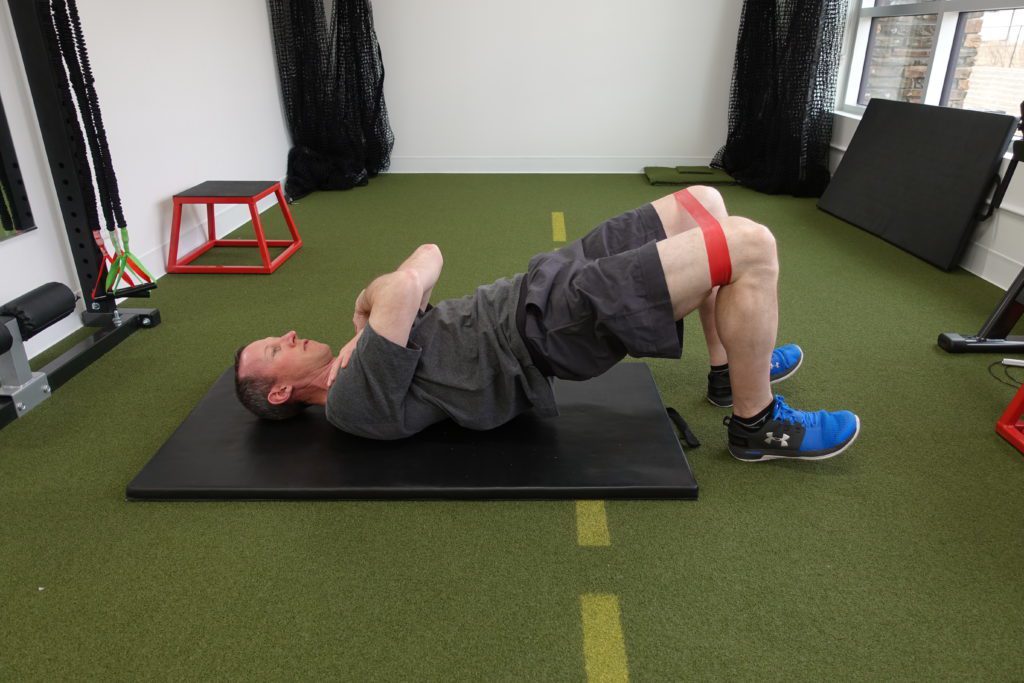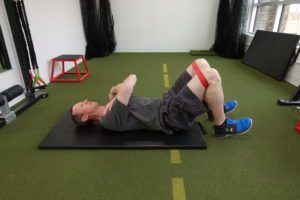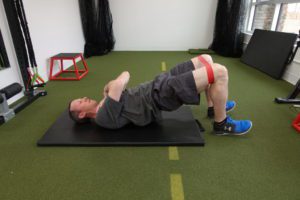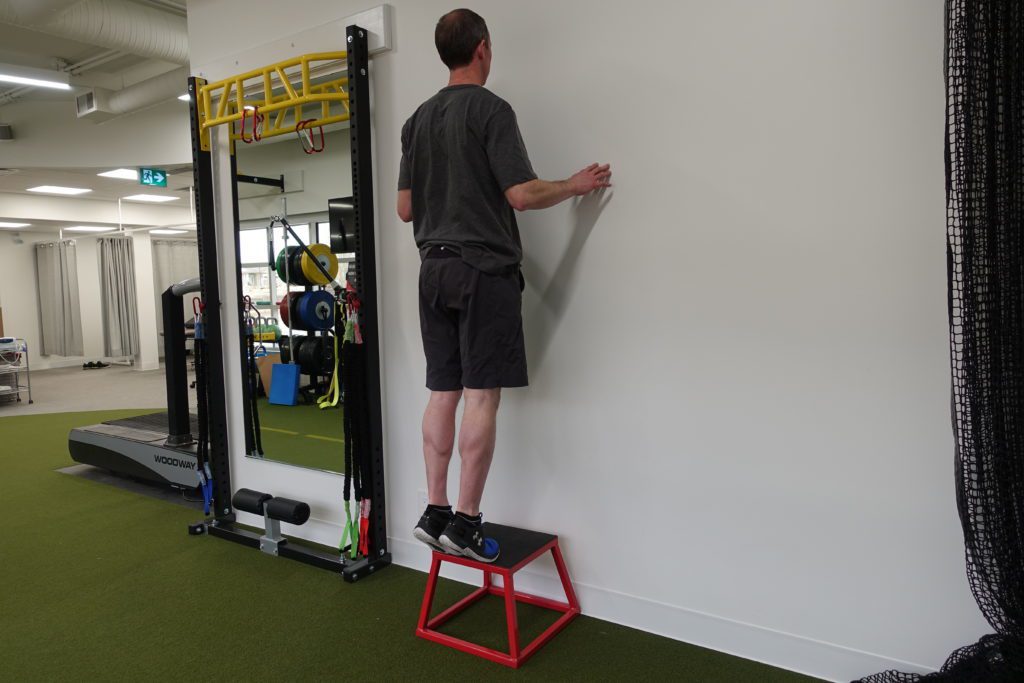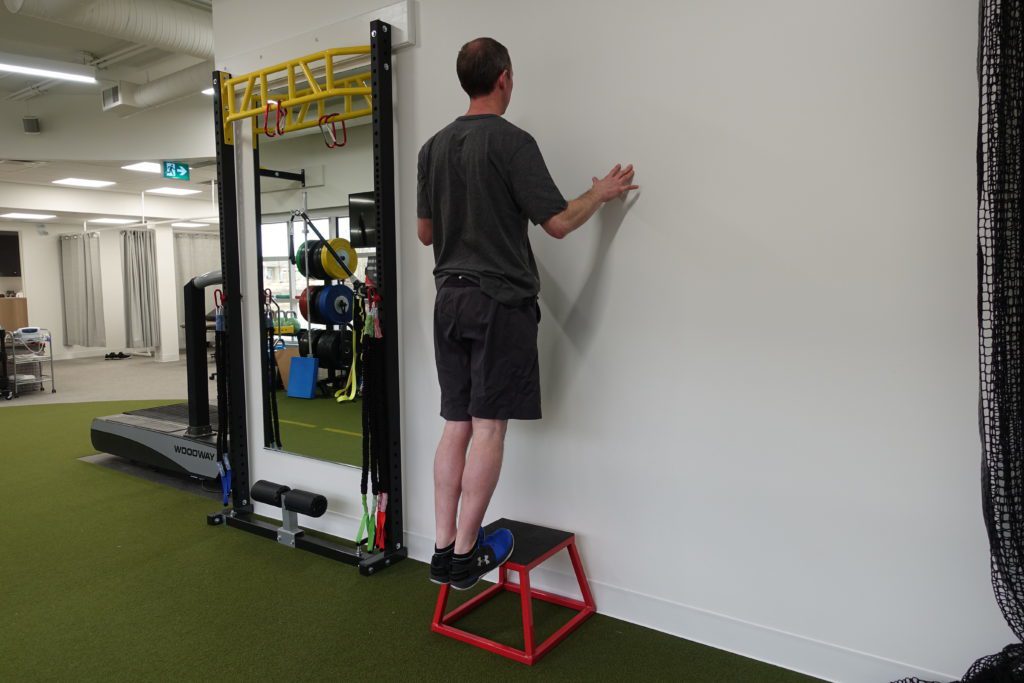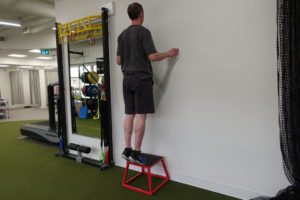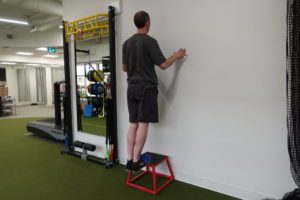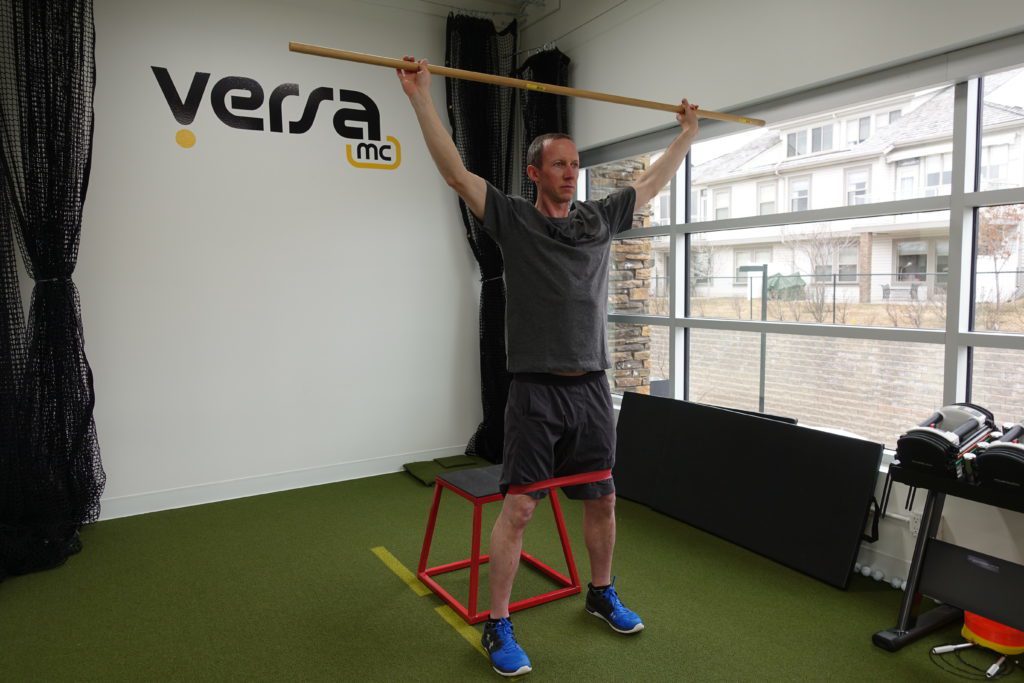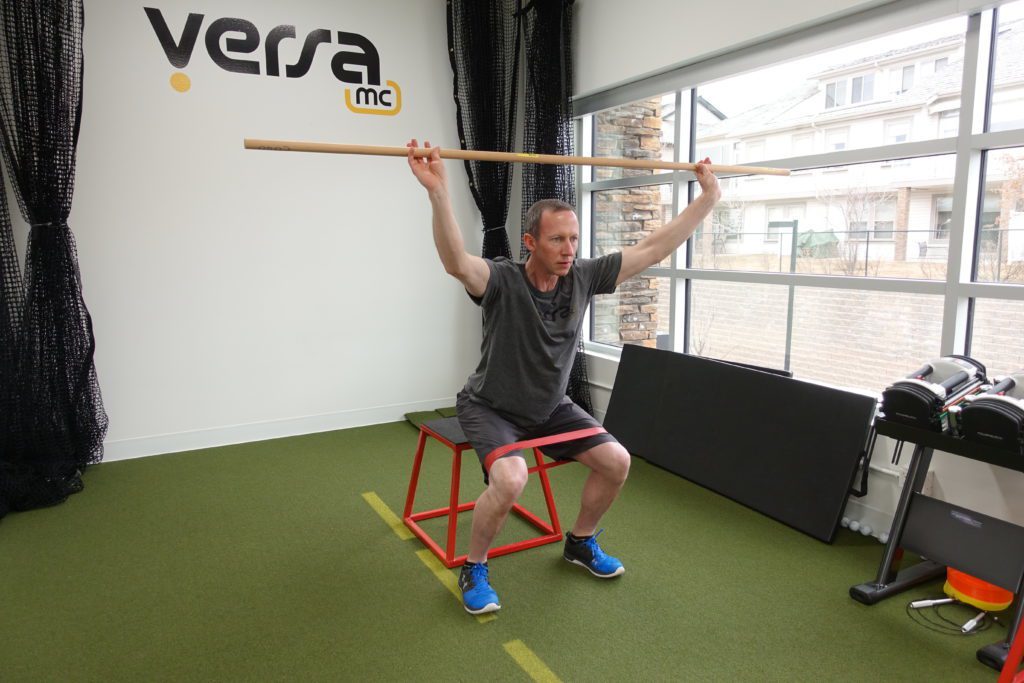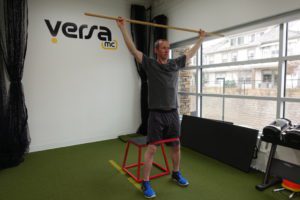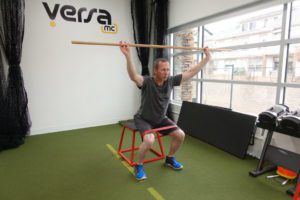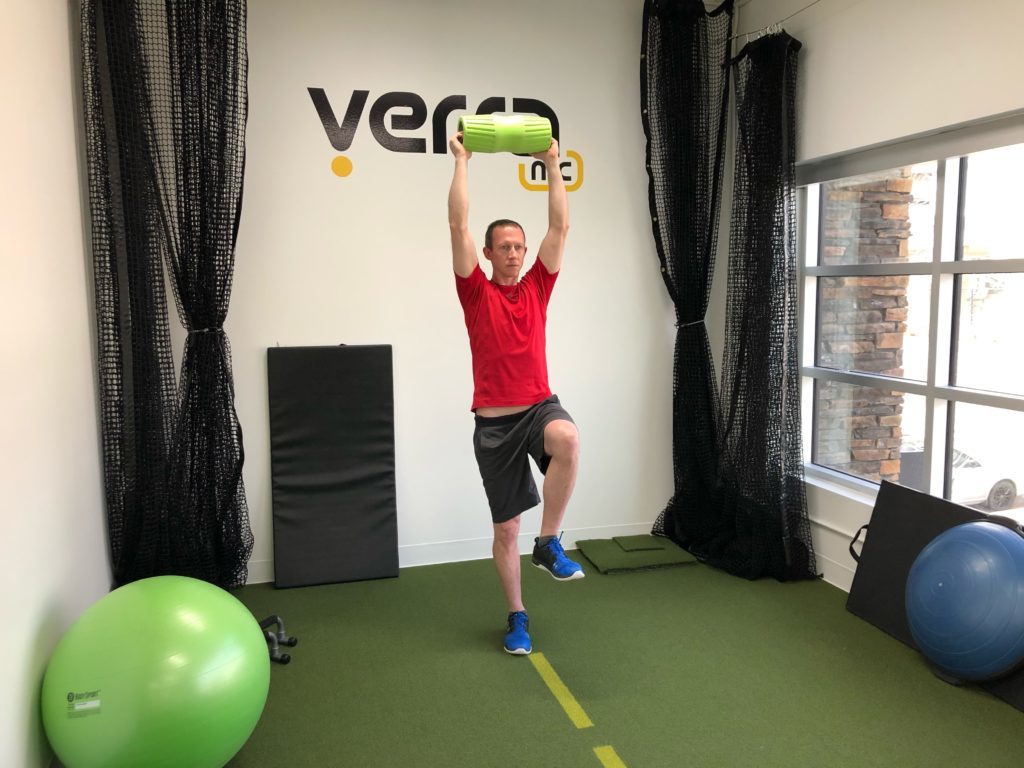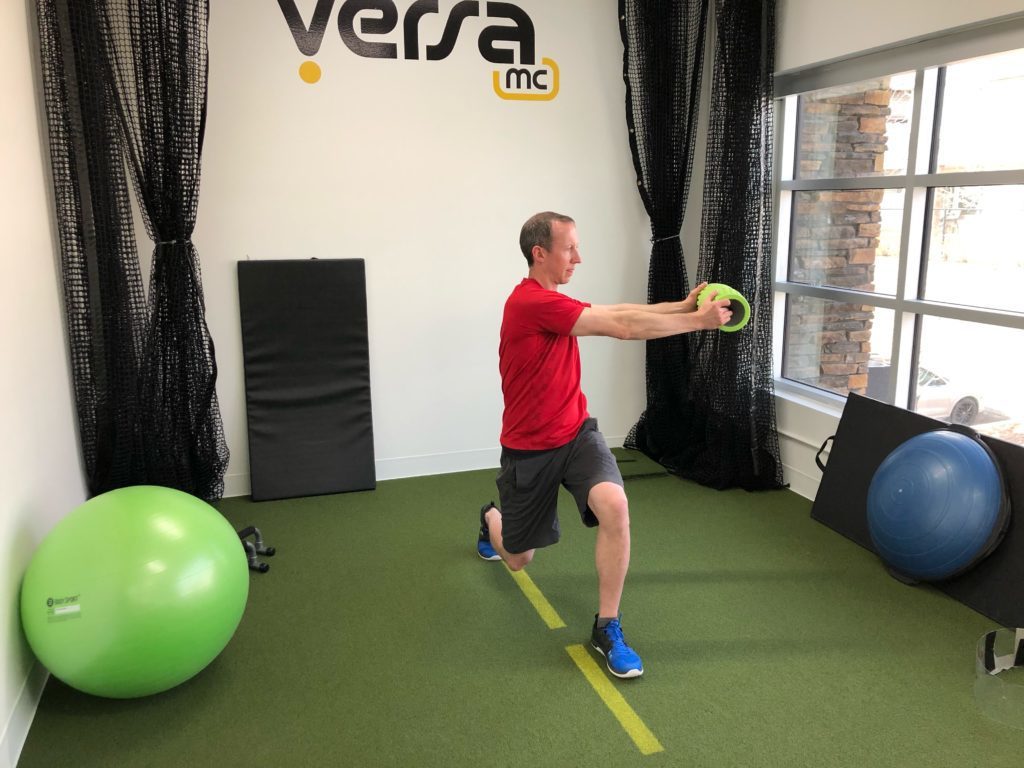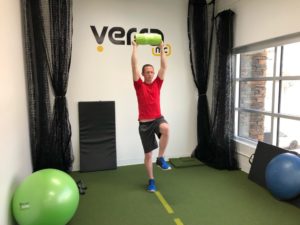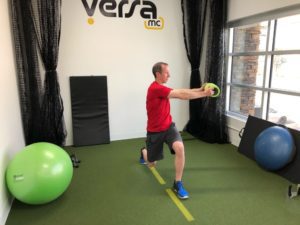6 prehab drills for your glutes and hamstrings
In order to keep the glutes and hamstrings firing correctly, it’s important to do prehab drills.
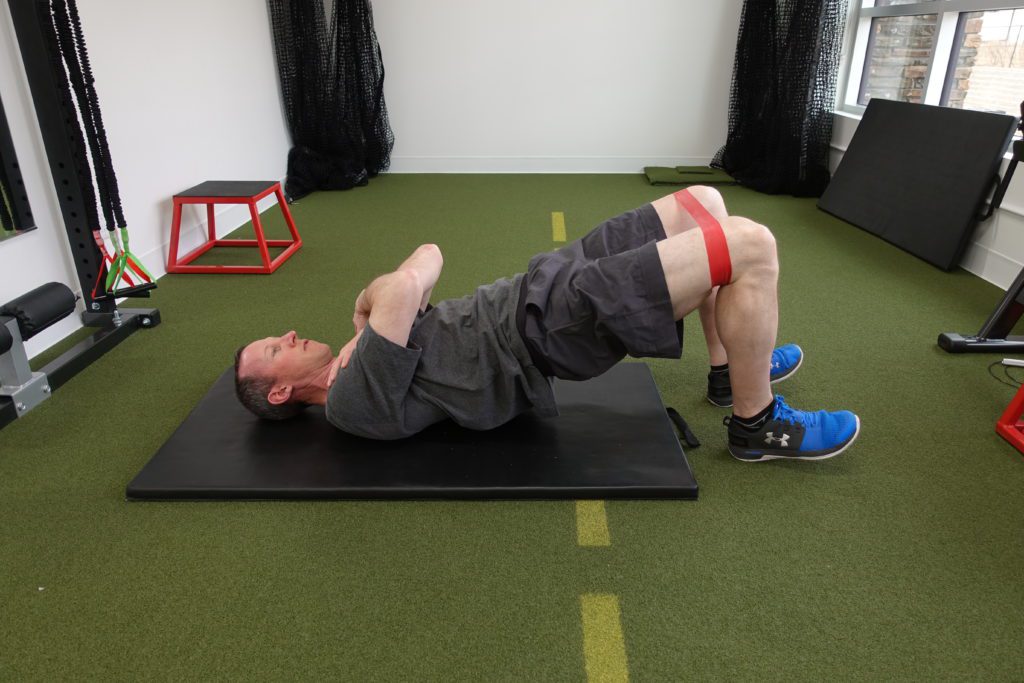
Your glutes and hamstrings are heavily relied upon when swimming, biking and running. The glutes are activated when you’re kicking, pushing watts in the aero position, and are a driving force when you’re running up a hill. The hamstrings are used when you increase your turnover on the run and during the pull-up phase. All these activities strengthen the glutes and hamstrings, but they also fatigue them – increasing the risk of injury. In order to keep the glutes and hamstrings firing correctly, it’s important to do prehab drills.
Related: Activation drills for triathletes
Prehab is the term given to a group of exercises that are used to activate your muscles before a training session to avoid injuries. It doesn’t take long, maybe five to ten minutes before a workout, but for whatever reason, many will skip through these drills and go right into a swim, bike or run.
Here are six easy drills to do before your next workout:
A great exercise to incorporate into your pre-workout routine is the clamshell. Begin by lying on your side, using your arm and forearm to prop yourself up. Your feet should be together, one on top of the other. With your knees slightly bent, your ankles should be aligned with your hips (underneath). Begin the movement by lifting your top knee open, keeping the feet together. Hold for a second and then come back down. You can add resistance by using a band.
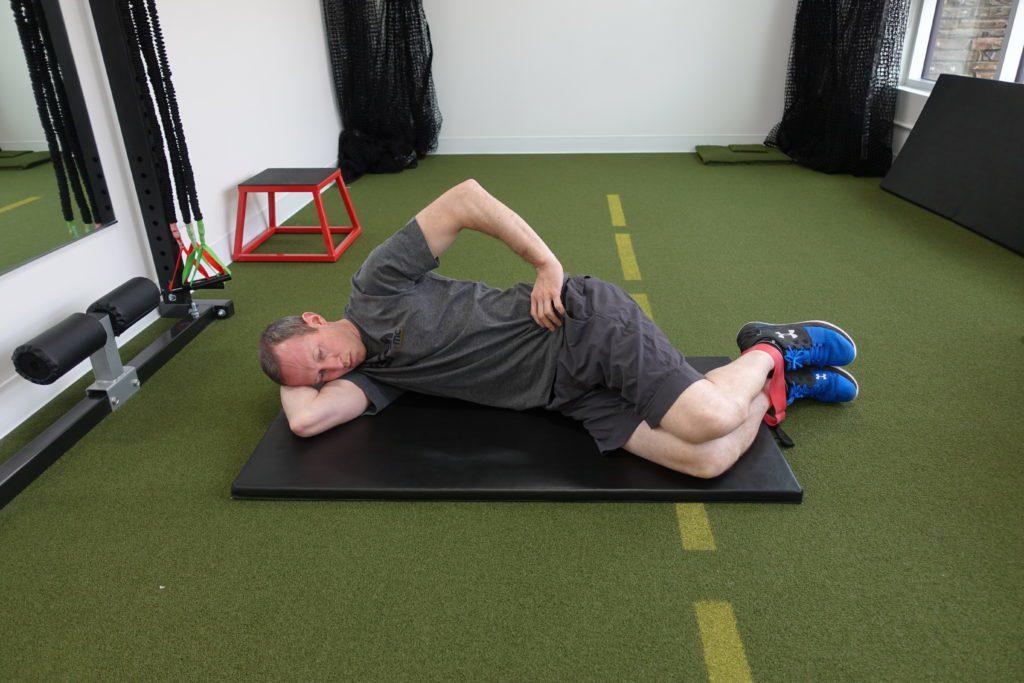
Clamshell with resistance bands
- Tip: Keep the hips vertically stacked–don’t let the top hip roll back.
Reverse clamshell with resistance bands (band around ankles, raise ankle with knees together)
- Tip: Keep the hips vertically stacked–don’t let the top hip roll back.
Glute bridge with resistance bands
Lie on your back with your knees bent and ankles underneath your knees. Then extend your hips up.
- Tip: Keep outward pressure on the resistance band throughout the exercise.
These are best done while bringing the knee up high before stepping forward, and while holding a lightweight such as a foam roller, which you raise up and to the side with each step.
- Tip: Maintain an upright upper body without hunching forward.
This story was originally posted on the Canadian Running Magazine website.
